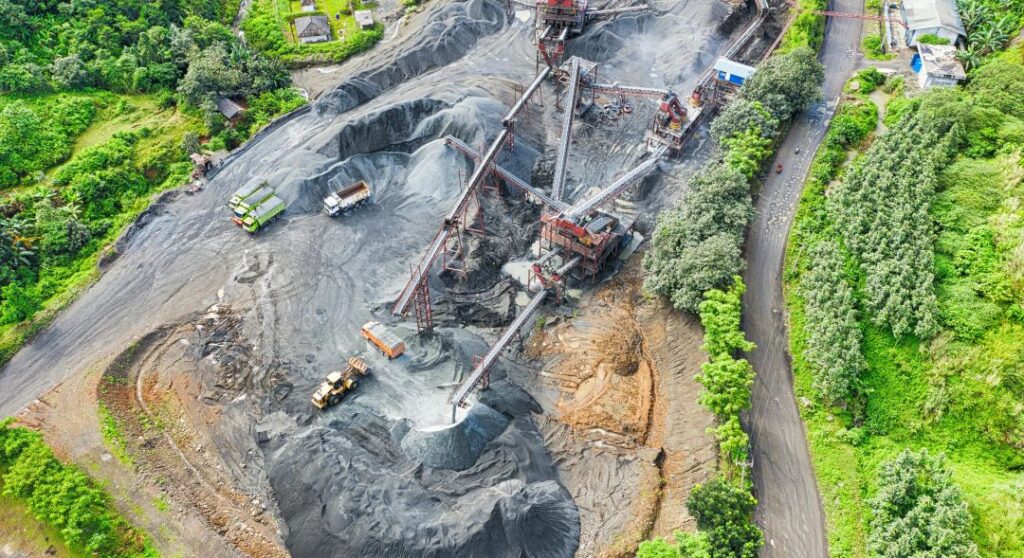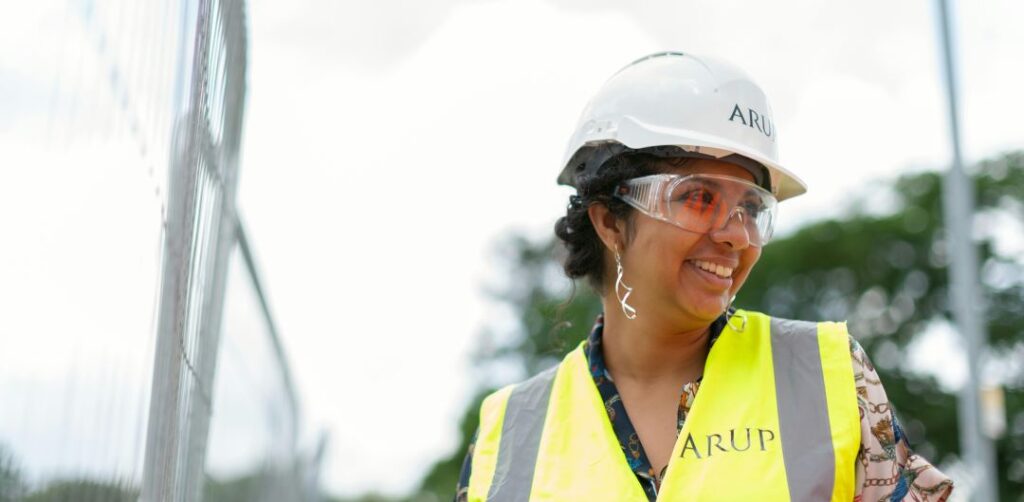BERYL ZEISSINK
Beryl Zeissink is Clinical Nurse Consultant – Haemophilia at the Queensland Haemophilia Treatment Centre, Royal Brisbane & Women’s Hospital
FIFO means ‘Fly in Fly out’ and DIDO ‘Drive in Drive out’. If you are a FIFO/DIDO worker with a bleeding disorder, what are the important things you need to think about, when your employer flies you to your work location that maybe either remote, international, temporary or require movement to several sites?

Similarly to any travel, FIFO work does require planning and a discussion with your Haemophilia Treatment Centre (HTC). Sometimes there are extra layers of planning that you should do, that you may not have considered.
Often positions held by workers can be varied. Is your work going to be heavy manual labour, involve risky activities, be administrative, housekeeping? Or you could even be a nurse! Typically, 12-hour shifts can be worked for a total of 7 days; however, there are varying patterns of work, with being in the field for 1 to 4 weeks before you return home for some down time. There can be extreme temperatures and there can be a psychological impact with time away from family and change in work/life balance.
Most employees are required to undergo a medical assessment to ensure they can meet the physical and mental challenges of the work. Assessments may include chest X-rays (especially in mining sites), drug and alcohol testing, fitness evaluations, hearing, visual and overall health checks. The level of health assessments prior to working for a company may vary or be dependent on the type of work you will do. Declaring your bleeding disorder should be considered, keeping in mind the risk involved if you do not declare this, if there is an accident or emergency.
When travelling to work sites, if you are driving you should consider having a portable/camping refrigerator to keep your medication cool. Be aware of the temperature ranges you need to keep your treatment product at, and time (if any) it can be out of the fridge. You need to remember that extremes in temperature may make your treatment not as effective.
If you are flying, you will usually have to bring your treatment in and out with you each time you fly. Other people may use your room when you are back home, so it may not be possible to leave your treatment there when you fly home.

You need to remember, if you use treatment, that you replace it when you get ‘home’. You don’t want to have no treatment available next time you need to use it.
A tip is to have at least 2 doses of treatment product with you, depending on where you are, and how long you will be there:
These amounts may differ if you have mild, moderate, or severe bleeding disorders. You can discuss what they recommend you have with you with your HTC.
Don’t forget a tourniquet.
You may find it easier to keep all your supplies together in a small soft esky or lunch bag with an ice pack when travelling. Remember to put it into a fridge when you arrive on site.
Some sites may only have routine flights once a week, so consider an emergency escape or evacuation plan if you should run into difficulty.
Confirm that you will be able to access reliable electricity to store your treatment on arrival on site. If you are working in Papua New Guinea (PNG) for example, this may not be available.
If you can administer your own treatment, start with having Replacement treatment as soon as possible.
If you can’t administer your own treatment, perform Rest, Ice, Compression & Elevation in the first instance and then seek medical attention. If there are paramedics at your site, they may be able to administer this for you if there is a clear plan in place.
Some employers, if you have declared your bleeding disorder ask for you to get a written plan/letter outlining your care if you should need treatment.

If you have not declared your medical condition, ensure you have an emergency/ABDR patient card. This can be provided by your HTC. This card gives initial direction for dosing if you have been in an accident or require major surgery. It also provides Emergency Departments with contact details for your HTC, especially if you are in another state, where you may not be known.
Depending on the seriousness of the injury, you may be evacuated to the closest hospital. Remember not all hospitals in Australia will have all treatment products available, so good planning is important prior to experiencing any emergency situations.
You will need to see a doctor to get a medical certificate if you need to stop work due to injury and will also need a clearance certificate/letter to return on site.
If you have an injury, it is recommended you contact your home HTC as soon as possible, remembering that if you have travelled interstate or internationally, other teams will not have any or all information about you.
The important thing to remember in working as a FIFO employee, is you should consider all possible scenarios – whether this is a minor accident or major site disaster, or emergency surgery (for example appendicitis).
The further away you are from treatment and the greater the delay to getting to treatment, the more significant bleeding can be over time.
Visit the HFA website for more information on:
Thanks to Sandra Lochore and Lara Olsen, Clinical Nurse Consultants at the Haemphilia Treatment Centre at the Fiona Stanley Hospital, Perth, Western Australia, other Australian Haemophilia Nursing Group nurses and patients who are FIFO workers who have given us advice or explained their experiences.
Haemophilia Foundation Australia acknowledges the Traditional Owners and Custodians of Country throughout Australia, the land, waters and community where we walk, live, meet and work. We pay our respects to Elders past and present and extend that respect to all Aboriginal and Torres Strait Islander peoples.
Sign up for the latest news, events and our free National Haemophilia magazine